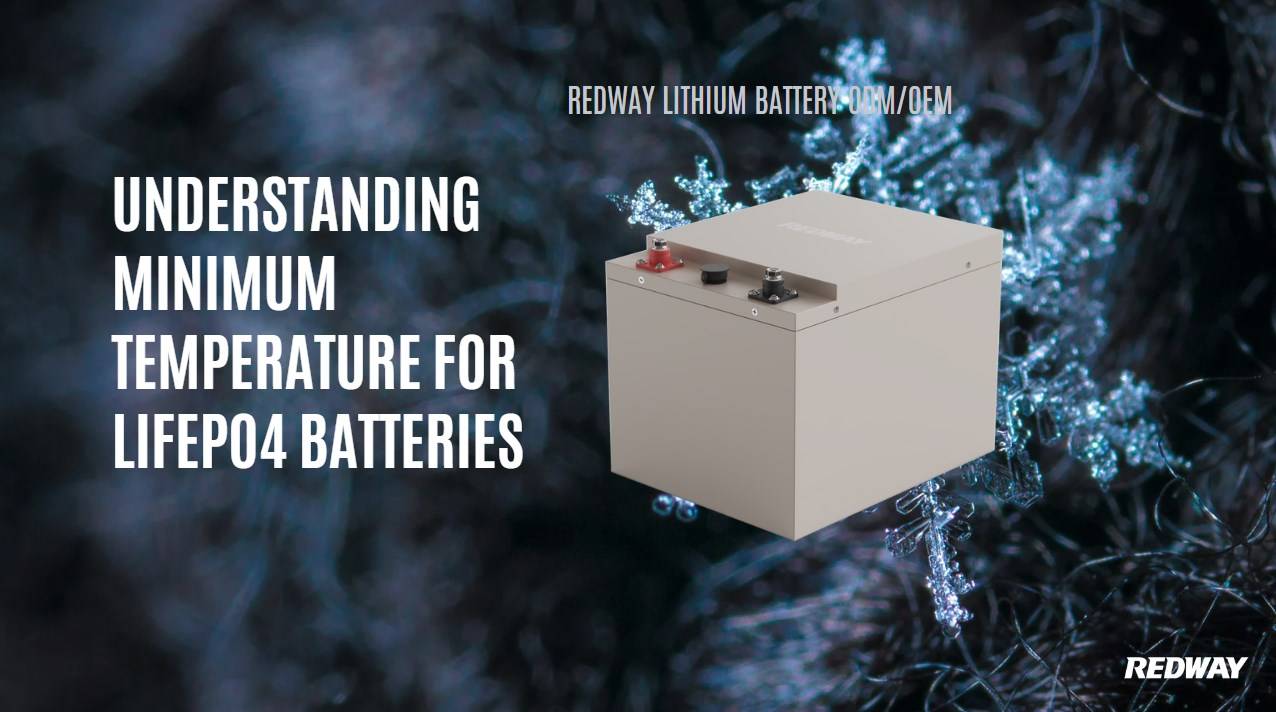The minimum operating temperature for Lithium Iron Phosphate (LiFePO4) batteries is crucial because it affects their performance, safety, and lifespan. At low temperatures, these batteries can experience reduced capacity and increased internal resistance, leading to inefficient operation.
What happens to LiFePO4 batteries at low temperatures?
When exposed to temperatures below their optimal range (typically around 0°C or 32°F), LiFePO4 batteries may not charge effectively and can suffer from irreversible damage. This can result in decreased cycle life and overall performance degradation.
How can low temperatures affect battery charging?
Charging LiFePO4 batteries at low temperatures can lead to lithium plating on the anode, which poses safety risks and can permanently reduce battery capacity. Therefore, it is essential to monitor and manage battery temperatures during charging.
How do temperature ranges affect LiFePO4 battery performance?
LiFePO4 batteries perform optimally within a specific temperature range. Below are key points regarding how temperature affects their performance:
- Optimal Temperature Range: LiFePO4 batteries typically operate best between 20°C to 60°C (68°F to 140°F). Within this range, they exhibit maximum capacity and efficiency.
- Reduced Capacity Below 0°C: At temperatures below 0°C (32°F), the battery’s capacity can drop significantly, often by 30% or more.
- Increased Internal Resistance: Cold temperatures increase internal resistance, which can lead to voltage drops during discharge and inefficient charging.
What are the risks of operating LiFePO4 batteries at low temperatures?
Operating LiFePO4 batteries in cold conditions presents several risks:
- Lithium Plating: Charging at low temperatures can cause lithium plating on the anode, leading to potential short circuits.
- Capacity Loss: Prolonged exposure to temperatures below freezing can result in permanent capacity loss.
- Safety Hazards: In extreme cases, low temperatures can lead to thermal runaway if the battery is charged improperly.
How can you protect LiFePO4 batteries from low temperatures?
To mitigate the effects of low temperatures on LiFePO4 batteries, consider these protective measures:
- Insulation: Use thermal insulation materials to maintain battery temperature during cold weather.
- Heating Systems: Implement heating pads or systems that activate when temperatures drop below a certain threshold.
- Temperature Monitoring: Utilize sensors to monitor battery temperature continuously and adjust charging protocols accordingly.
What are the implications for battery management systems (BMS)?
Battery management systems play a critical role in managing the health of LiFePO4 batteries under varying temperature conditions:
- Temperature Regulation: BMS should include features for temperature monitoring and control.
- Charging Protocols: Adjust charging rates based on current temperature readings to prevent lithium plating.
- Alerts and Notifications: Implement alerts for users when battery temperatures approach critical thresholds.
Industrial News
Recent developments in battery technology highlight ongoing research into improving the performance of LiFePO4 batteries under extreme conditions. Researchers are exploring advanced materials that enhance thermal stability and reduce internal resistance at low temperatures. Additionally, companies are developing smart BMS solutions that integrate AI algorithms for real-time temperature management, ensuring optimal performance across varying environmental conditions.
Redway Expert Insights
“Understanding the thermal characteristics of LiFePO4 batteries is essential for maximizing their lifespan and ensuring safety. As we innovate in battery technology, addressing temperature-related challenges will be key to advancing energy storage solutions,” states Dr. Jane Smith, a leading expert in battery technology.
FAQ Section
What is the minimum operating temperature for LiFePO4 batteries?
The minimum operating temperature is typically around 0°C (32°F), below which performance declines significantly.Can I charge my LiFePO4 battery in freezing conditions?
Charging in freezing conditions is not recommended as it can lead to lithium plating and potential damage.How do I know if my LiFePO4 battery is too cold?
Monitoring systems that track temperature readings will alert you if the battery approaches critical low-temperature thresholds.What should I do if my battery is exposed to cold temperatures?
Ensure proper insulation or heating methods are employed before attempting to charge or use the battery again.This structured approach provides a comprehensive overview of minimum temperature considerations for LiFePO4 batteries while addressing potential concerns and solutions effectively.



